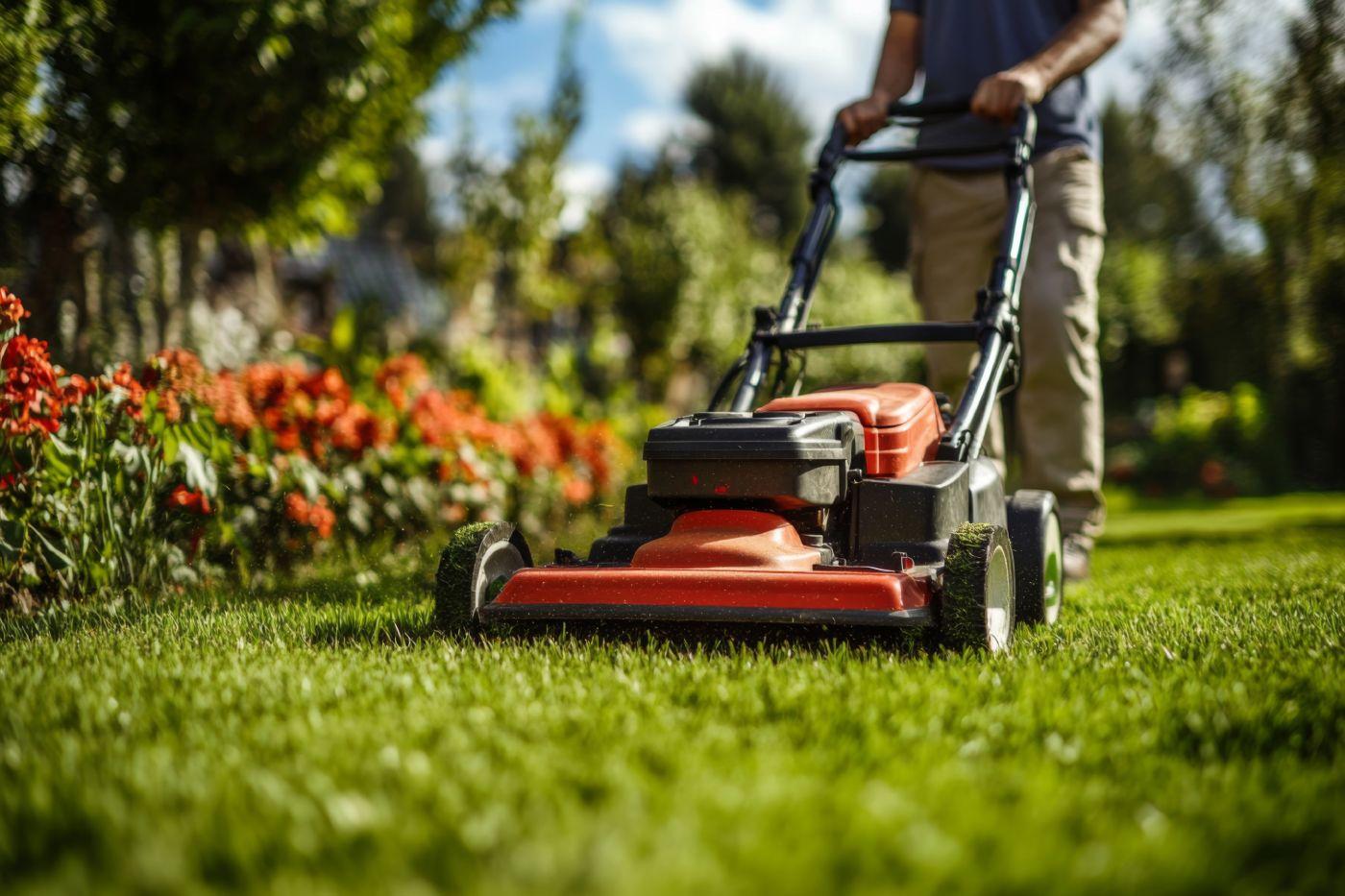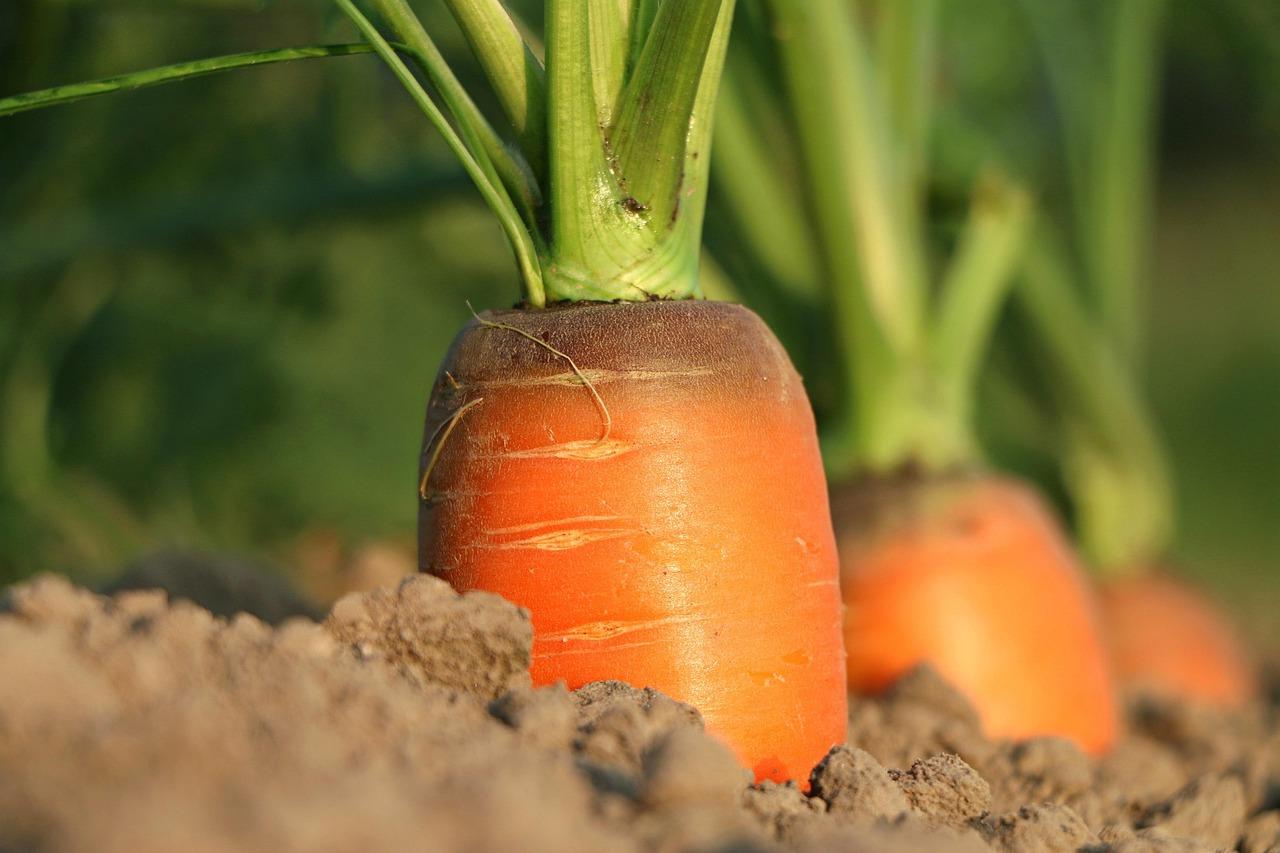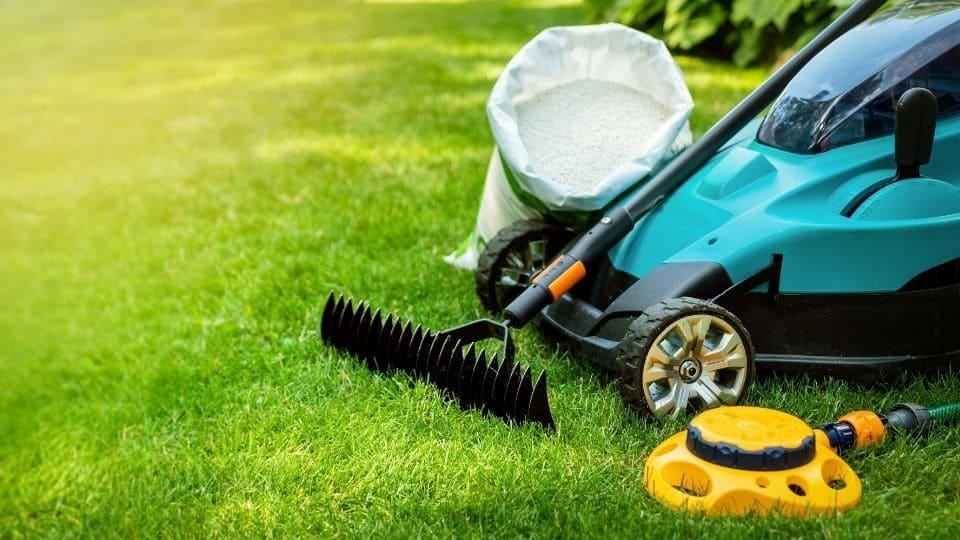As the days grow longer and the promise of spring begins to bloom, many homeowners turn their sights to the beloved green expanse that is their lawn. It’s the canvas of outdoor living, a space for family gatherings, children’s play, and quiet moments of reflection. However, amidst the excitement of reviving your turf, it’s easy to fall into traps that led to an uninspired and unhealthy lawn. Whether you’re a seasoned gardener or a novice trying to find your green thumb, understanding the common pitfalls can make all the difference in achieving the lush, vibrant lawn you envision. In this article, we’ll explore the top 5 mistakes to avoid in lawn care this year, offering insights that will help you cultivate a thriving landscape that’s the envy of the neighborhood. Let’s dig into these missteps and set you on the path to lawn mastery!
Common Misconceptions That Sabotage Your Lawn Health
Many lawn enthusiasts fall prey to certain myths that can ultimately harm their green spaces. One common belief is that more frequent mowing leads to a healthier lawn. In reality, cutting your grass too short or too often can stress the plants, making them more susceptible to diseases and pests. Instead, it’s better to adhere to the one-third rule, which suggests only removing the top third of the grass blades during each mowing session. This practice promotes healthier growth while enhancing your lawn’s resilience.
Another misconception is that all fertilizers are created equal. Many homeowners opt for quick-release fertilizers, thinking they will yield immediate results.However, these fertilizers can lead to rapid growth, which may cause more harm than good, especially in the long run. It’s crucial to choose slow-release fertilizers,as they provide a steady supply of nutrients over time,promoting consistent and sustainable growth. Understanding the specific needs of your lawn based on its grass type and soil quality can significantly influence its health.
Lastly, some people assume that watering their lawns every day is essential for healthy grass. Over-watering can create shallow root systems, making the grass rely on surface moisture and weakening its overall health. Instead, aim for deep watering a couple of times a week, allowing the soil to absorb moisture and encouraging roots to grow deeper. This approach not only strengthens your lawn but also makes it more drought-resistant and easier to maintain.

Timing is everything: The Importance of Seasonal Care
Understanding the seasonal timeline for lawn care is crucial for maintaining a vibrant and healthy lawn.Each season brings its own set of challenges and opportunities, and being mindful of these can make a important difference in the outcome of your lawn-care efforts. For example, spring is typically the time for aeration and seeding, while fall is ideal for fertilization and overseeding. Neglecting the proper timing can lead to poorly established grass that struggles against weeds, pests, and diseases.
additionally, applying treatments at the wrong time can waste both your time and resources. As an example, applying pre-emergent weed control too late in the spring could result in a weed invasion that will compete with your grass for sunlight and nutrients. Conversely, treating your lawn with winter fertilizers in the summer can lead to burning and other damage. Understanding the cyclical nature of weather patterns and grass growth will allow you to effectively plan your lawn care throughout the year.
| Season | Care Techniques |
|---|---|
| Spring |
|
| Summer |
|
| Fall |
|
| Winter |
|

Choosing the Right Tools for Effective Lawn Maintenance
Maintaining a lush and vibrant lawn requires the right tools to steer clear of common pitfalls. By selecting equipment that aligns with your specific lawn care needs, you can enhance the overall health of your grass while avoiding those costly blunders in maintenance. Quality sets the foundation for success, so investing in professional-grade tools can result in long-term savings and beatiful results.
Here are some essential tools to consider:
- Lawnmower: Choose a mower suitable for the size of your lawn.For large areas, a riding mower can save time, while a push mower is ideal for smaller, intricately shaped yards.
- String Trimmer: This tool is invaluable for edging and maintaining areas a mower cannot reach, providing that polished look.
- Lawn Aerator: Aeration helps alleviate soil compaction, allowing nutrients and water to penetrate more deeply. Manual or powered options are available based on your convenience.
Another critical component is understanding the tools’ intended purposes. Avoid using heavy-duty tools for light tasks, as this can lead to damage to your lawn and the equipment itself. You may also want to consider the environmental impact of your choices:
| Tool Type | Environmentally Kind Options |
|---|---|
| Lawnmower | Electric or manual mowers |
| Fertilizer Spreader | Push spreaders reduce waste |
| Weed Control | Natural herbicides |
Incorporating these tools into your lawn care routine not only promotes efficiency but also minimizes the chance of making errors that can derail your efforts.Whether you are a seasoned gardener or a novice just getting started, the right tools will empower you to care for your lawn effectively, creating an inviting outdoor space that you can enjoy year-round.

Understanding Soil Health for a Thriving Green Space
Maintaining healthy soil is crucial for creating a vibrant and flourishing green space. One common mistake many gardeners make is overlooking the importance of soil quality. healthy soil acts like a sponge, retaining moisture and nutrients essential for plant growth. To promote soil health, consider amending your soil with organic materials such as compost, grass clippings, and leaves. This organic matter not only improves soil structure but also enhances microbial activity, which is vital for nutrient cycling.
Another frequent blunder is the misuse of fertilizers. Many homeowners rely heavily on chemical fertilizers, often leading to depleted soil health over time. Rather, focus on a balanced approach that combines both organic and inorganic fertilizers. By doing so, you encourage a diverse community of soil organisms. Additionally, conducting a soil test can provide valuable insights into the nutrient composition of your soil, allowing you to tailor your fertilization strategy more effectively.
be cautious of overwatering your lawn, as this can lead to poor soil aeration and runoff, washing away essential nutrients. Implementing smart watering practices, such as deep watering and allowing the soil to dry out between sessions, can dramatically improve the health of your lawn. Setting up a schedule that aligns with the local climate and using mulch can also help retain moisture while preventing weeds. By prioritizing soil health, you’re paving the way for a resilient and lush landscape.
Q&A
Q&A: Top 5 Mistakes to Avoid in Lawn Care This Year
Q1: What is the most common mistake homeowners make when starting their lawn care routine?
A1: one of the most prevalent blunders is neglecting to assess soil health before diving into any lawn care tasks. Many forget that a vibrant lawn thrives in rich, well-balanced soil. A simple soil test can guide you on nutrient needs and pH levels, ensuring you approach your lawn care with a solid foundation.
Q2: I’ve heard about overwatering – how does it affect my lawn?
A2: Overwatering is indeed a sneaky foe! Excess water can lead to shallow root systems, fostering disease, and creating a haven for pests. instead, aim for deep, infrequent watering. A good rule of thumb is to provide about an inch of water per week, adjusting for rainfall—your grass will thank you with stronger roots and a lush appearance.
Q3: Why is it vital to tailor my mowing height, and what mistake should I avoid?
A3: Mowing too short, often referred to as scalping, is a common misstep. Grass needs adequate leaf surface area to photosynthesize and recover from stress. Depending on your grass type, adjusting your mower to the appropriate height—typically between 2.5 to 3.5 inches—can promote healthier grass while minimizing weed growth and drought stress.
Q4: Fertilizing seems essential; though, how can I avoid doing it wrong?
A4: Ah, fertilization myths abound! One major error is not following the recommended schedule for your grass type and region. Over-fertilizing can lead to nutrient runoff and a discolored lawn. opt for a slow-release fertilizer and align your application with seasonal needs—spring for growth,autumn for readiness—for optimal results.
Q5: Is it necessary to address pests and weeds before they become a problem?
A5: Absolutely! Waiting until your lawn is overrun with weeds or pests can lead to more significant issues down the line. Regular monitoring and early intervention can save you time and money. Consider integrating natural pest control methods and maintaining a thick, healthy sod, which acts as a natural deterrent against weeds.
Q6: Any parting advice for a accomplished lawn care season?
A6: Certainly! Consistency is key. Establish a lawn care schedule that includes regular mowing, watering, and seasonal maintenance tasks like aeration and overseeding. Remember, every lawn is unique, so be attentive to its specific needs throughout the year, and enjoy your lush paradise!
To Conclude
As you gear up for another season of nurturing your lawn, remember that success lies not only in what you do but also in what you avoid. Steering clear of these top five common mistakes can set the stage for a thriving, lush landscape that you can take pride in. Armed with this knowledge, you’re better equipped to cultivate a green oasis that not only enhances the beauty of your home but also provides a sanctuary for relaxation and enjoyment. So, step confidently into your lawn care journey, ready to embrace the joys of gardening while sidestepping the pitfalls that can hinder your progress. Here’s to a vibrant and healthy lawn in the year ahead!
